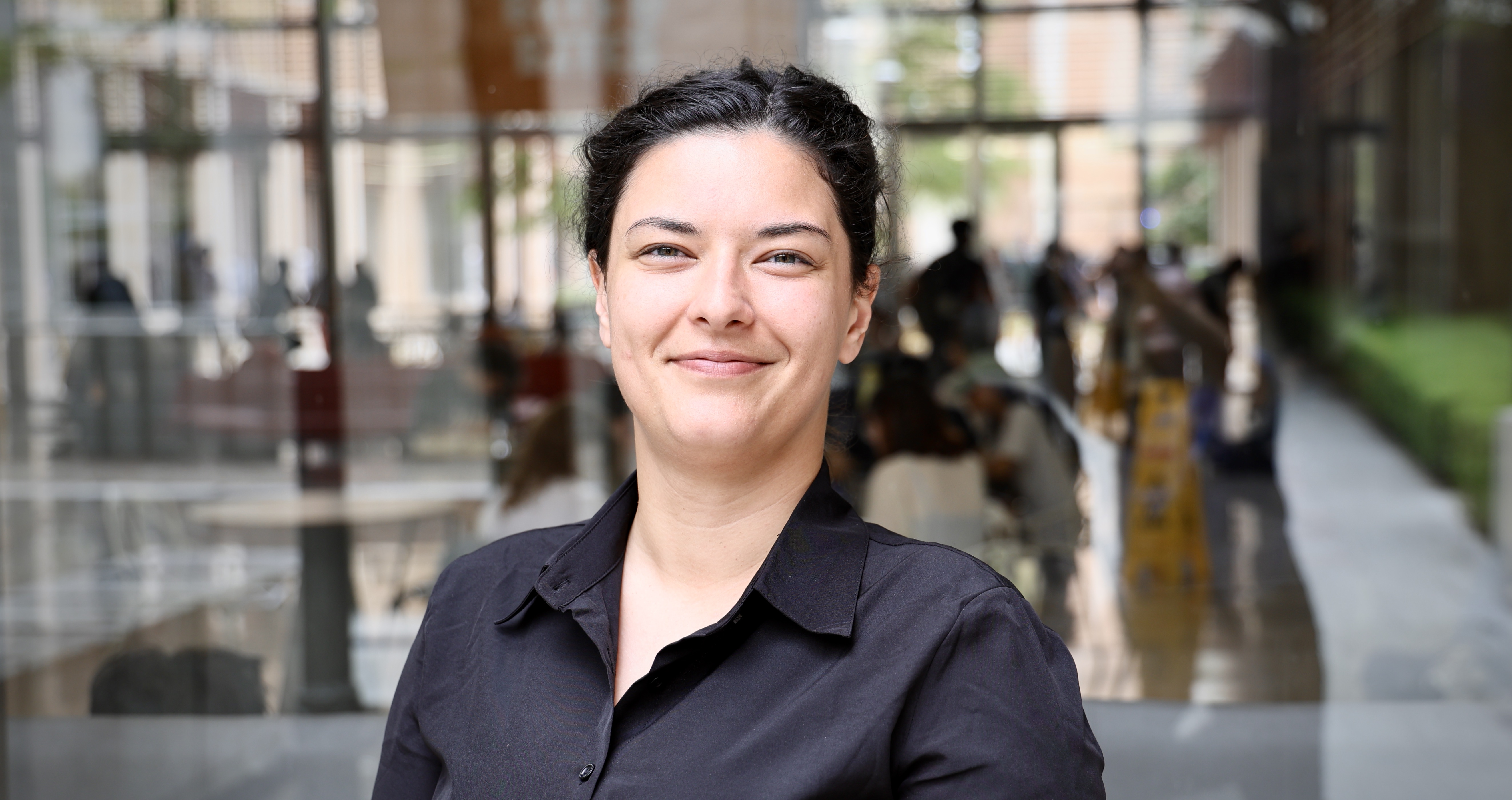A key challenge in storm surge modeling is accurately defining the wet-dry boundary – the shifting line between submerged and dry land. While predicting this boundary is not a priority in and of itself for storm surge, simulations that fail to account for the wet-dry boundary can become numerically unstable and fail to produce much-needed results or produce highly inaccurate results. “It’s a complicated problem,” Christina said. “Nature is unpredictable, and coastlines are constantly changing due to erosion and water movement. Capturing that interface is central to my work.”
She looks for inelegant solutions which are more resource effective – a tactic than works in synchrony with nature‘s fickleness.
Approaches to addressing the wet-dry interface broadly fall into two camps: methods that are provably accurate but come with hefty computational price tag, and methods that are more efficient but lack accuracy. Christina’s research aims to strike a balance between the two. “The question is, can we find a method that’s both cost-effective and accurate with respect to the physics? This is an open area of research and there are there are lots of ways to do it,” she added.
By adapting cut meshes, an existing method for capturing complex, but not moving, geometries to solve the wet-dry interface, she hopes to uncover the answer. What she finds most exciting are the potential broader applications borne out of the challenges. “If we can solve this, the methods could be applied to across research areas like supersonic aerodynamics, gas dynamics, magnetohydrodynamics, and event galaxy simulations. It’s not just about one problem – it’s about unlocking tools for many fields.”
After spending the last six years in Texas, Christina is ready for a change of scenery and climate – one more familiar to her midwestern roots. Just four months into her fellowship at UT, opportunity came knocking. At the urging of Dawson, Christina applied and ultimately received an offer for a tenure-track professorship in mechanical and biomedical engineering at Boise State University. “It happened quickly, and it’s in a region I’ve wanted to explore. I’ll be able to teach and continue my research – it’s the best of both worlds.”

